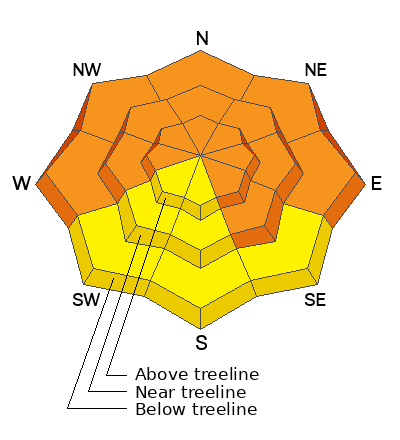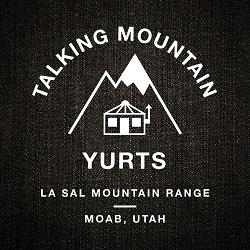Forecast for the Moab Area Mountains

Issued by Eric Trenbeath on
Friday morning, January 26, 2024
Friday morning, January 26, 2024
A CONSIDERABLE avalanche danger remains on steep slopes facing W-N-E-SE. Human triggered avalanches failing on a buried persistent weak layer 2' deep or more are LIKELY. On steep, wind loaded, northerly aspects near treeline and above, avalanches could break up to 6' deep.
A MODERATE avalanche danger exists on steep slopes facing SW-S. Signs of instability will be less obvious on these aspects, but human-triggered avalanches failing on a buried persistent weak layer remain POSSIBLE.
This persistent weak layer problem will be with us for some time. Exercise patience and avoid slopes steeper than 30 degrees.

Low
Moderate
Considerable
High
Extreme
Learn how to read the forecast here




